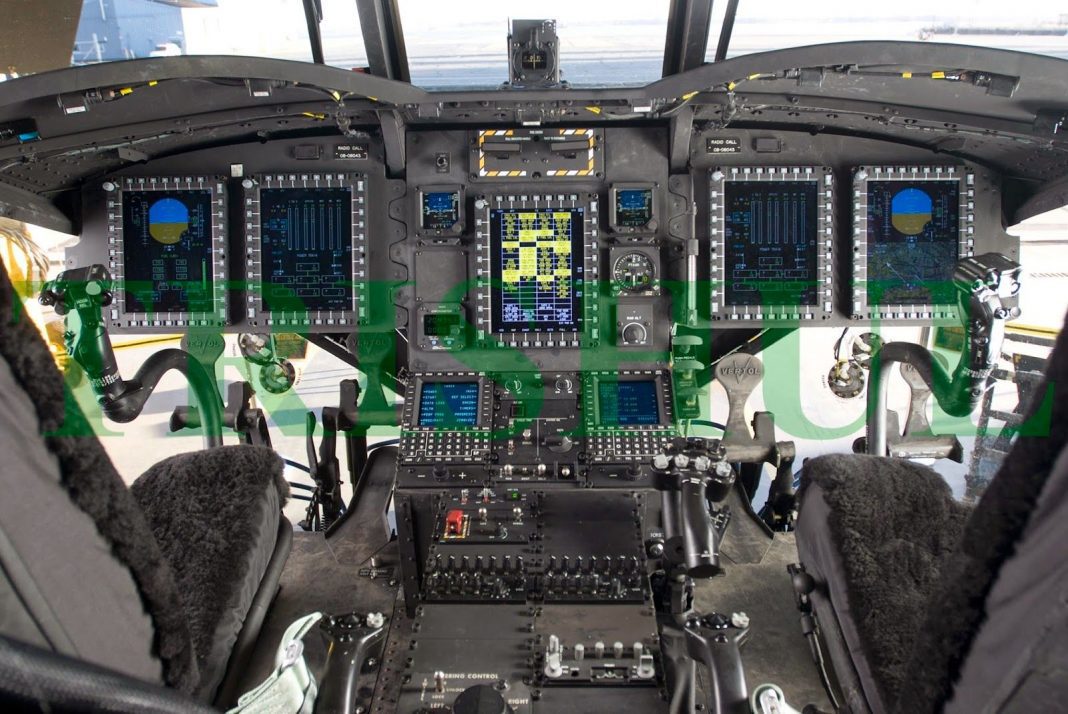

We've learned to project images onto a transparent visor, so we can get the benefits of night vision and extra FOV without losing natural vision. We've learned to make canopies stealthy through shaping and RF-reflective metal coating, so there's no need to shy away from one. Whether the ability to see while spinning will make a difference, losing it can affect pilot behavior just by trying to avoid that motion-induced blindness.Īll in all, you've reduced the pilot's visual acuity, added noise, and greatly compromised their motion resolution - for what? We're not chasing Mach 3 anymore it won't help against Mach 8 SAM. Video gamers learn to compensate by turning instantly and returning to a slow-moving image that can be seen at sub-1000 fps, but a plane doesn't do things instantly. This won't matter much in level flight, but the moment a pilot with synthetic vision begins to maneuver, they will suffer major degradation of their vision. In practical terms, you're going from discerning objects at 0.4 milliradian all the way to 2-10. Unless the motion is very slow, your motion resolution can drop from the camera's 8Kx4K to only 100-600 lines depending on the rate. This can be better demonstrated with a few illusions. To explain motion resolution, see how a moving picture looks on a display. The real pain comes when you consider the motion resolution resulting from this low framerate.
#Fighter glass cockpit full#
I won't copy the full math, but combined with a 60 fps display, this results in a minimum lag of ~40 milliseconds. The night-time performance of IR cameras, even though they lose a lot in resolution, gives synthetic vision a win on this.įor reaction speed, at their open gate resolution, cameras offer a best-case framerate of just 60. But this is acceptable in daytime, and will mostly matter at night, where a fighter can rely on IR systems instead. The dynamic range of human vision, at 20 stops, is better than the best cameras at 15-16 stops, and much better than LCD at 10-12 stops (20 for OLED).

At any rate, camera+eye give more noise than just the eye.
#Fighter glass cockpit professional#
Above we assume professional cameras with full-format sensors. For small megapixel-chasing cameras, the noise is so heavy that their effective resolution is reduced several times. So does the human vision, but its noise is filtered out very well by the brain and almost eliminated in the macula. At that point the system won't be reasonably compact and easy to add anymore.Īt their maximum resolution, all cameras produce significant amounts of noise. This can be improved, 6 cameras are not some hard limit, but you're looking at 100+ to fully match the acuity of the human eye (a more accurate term than resolution, since the eye doesn't perceive the whole FOV simultaneously).

These are commercial cameras that are miles ahead of the F-35's DAS, but indicative of what could be used in a fighter designed today and meant to fly in the 2040s. This results in a best-achievable instantaneous resolution of 0.5-0.7 milliradian for Arri sensors or 0.4 for the RED (which has other drawbacks). It's a textbook math problem, but we have the advantage of knowing it's not solved in a mathematically optimal way in real fighters using it.įor a "cube with overlaps" solution, which is viable for a fighter, the FOV of each camera needs to be about 1.6 radian vertically. To cover 12.6 steradian with 6 cameras, restricting each camera to a ~2:1 rectangle, somewhat correctable with an anamorphic lens. The best commercial video camera heads offer 4.5K*2K to 8K*4K resolution. Good human vision (healthy young pilot) offers enough acuity to distinguish high-contrast objects down to about 0.1 milliradian in size. The canopy's field of view is about half the sphere, while cameras can cover most of the sphere. To expand on the latter, let's define a few items that go into visual quality: It also offers the highest quality of vision. The canopy adds minimal drag, considering how much drag the whole of a fighter's airframe produces. There is no major problem to be solved by moving the cockpit inside.


 0 kommentar(er)
0 kommentar(er)
